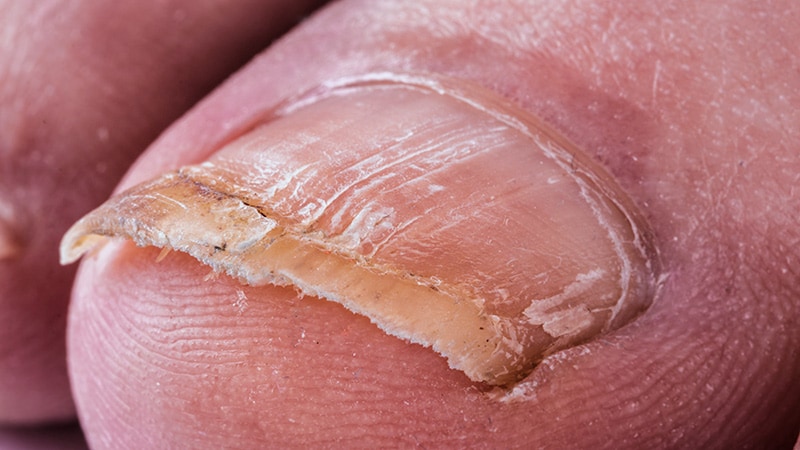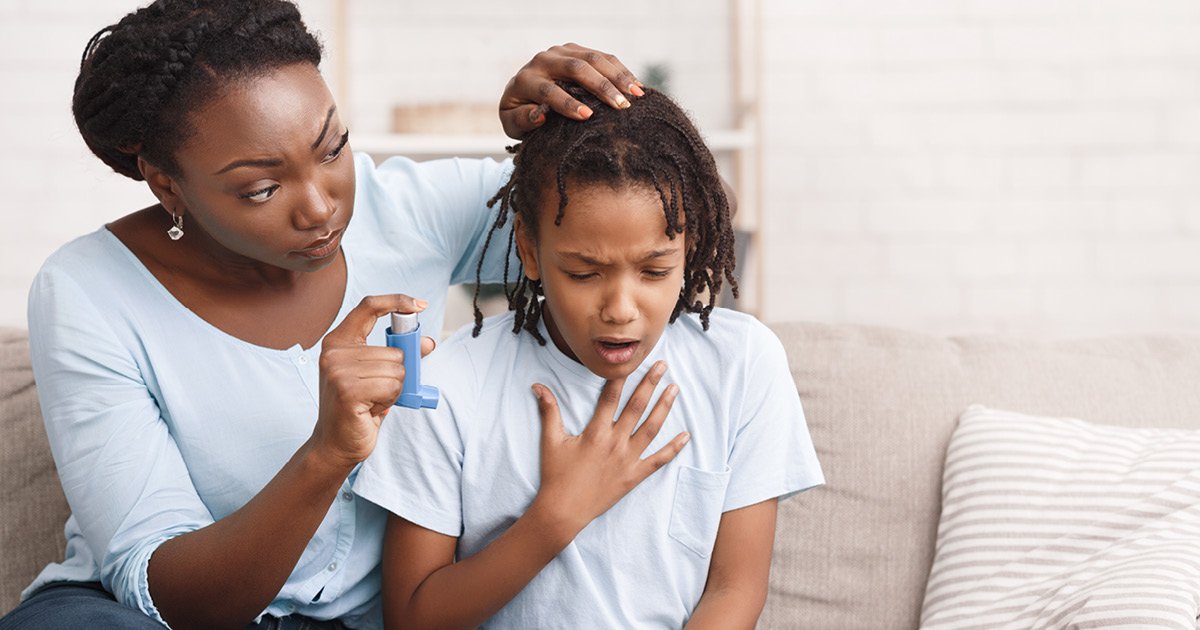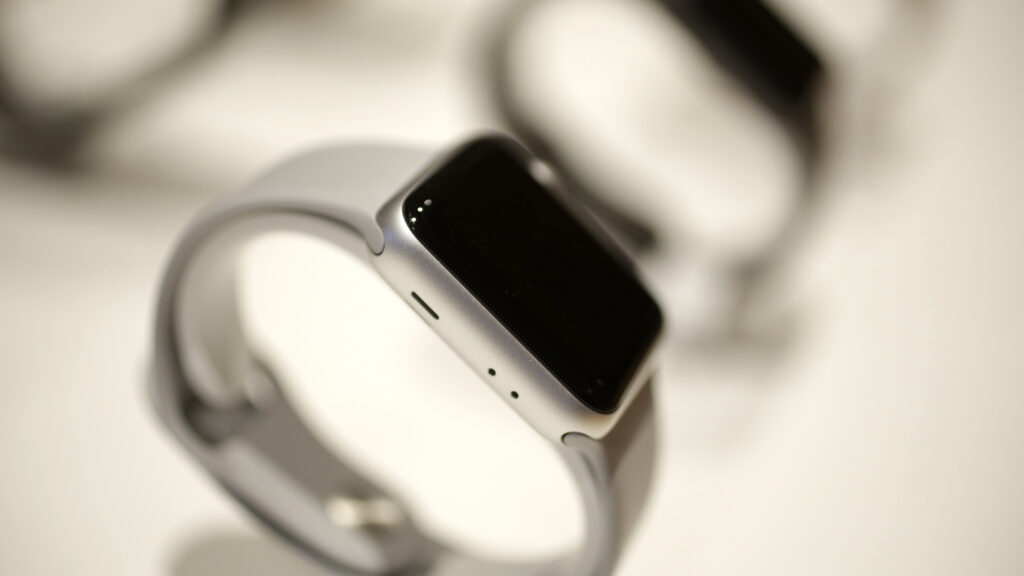The risk for respiratory syncytial virus (RSV)-related health care use in children younger than age 5 years increased in the post-COVID-19 pandemic seasons of 2021 to 2022 compared with the pre-pandemic seasons of 2015 to 2019, according to study findings published in JAMA Network Open.
Investigators estimated the relative change in RSV-related hospital care utilization, pre- vs post-pandemic, among young children. They also sought to determine the incidence of RSV hospital use by care unit in 4 age groups, and to assess the role of the postpandemic resurgence on the relative burden of RSV in those with Medicaid.
An RSV cohort and non-RSV bronchiolitis cohort were identified from 50 US hospitals. The participants were younger than 60 months and grouped according to age (0 to 5 months; 6 to 11 months; 12 to 23 months; and 24 to 59 months). Patient encounters were analyzed from June 1, 2015, to March 31, 2023.
A total of 348,077 RSV cases and 575,984 non-RSV bronchiolitis cases were identified from 2015 to 2022. Participants’ median age was 8 (interquartile range [IQR], 5-16) months, 58% were male, and their median (IQR) length of stay was 1 (0-2) day. A significantly increased proportion of patients who had RSV were admitted to the intensive care unit (19.7%) vs those with non-RSV bronchiolitis (8.6%). Medicaid use data were available for 915,241 (99.0%) participants overall, and 63.7% of encounters involved those insured by Medicaid.
“
These findings suggest that epidemiologic characteristics and seasonal timing of the RSV season have shifted since the COVID-19 pandemic…however, some of these changes may be attributable to increases in testing.
The incidence of RSV and non-RSV bronchiolitis hospital use decreased for all age groups in 2020 compared with 2015 to 2019. Infants and children younger than age 5 years were less likely to be diagnosed with bronchiolitis and more likely to be diagnosed with RSV 2021 to 2022 vs 2015 to 2019.
An increased incidence of RSV and a decreased incidence of non-RSV bronchiolitis encounters were observed among age groups and care units in 2021 to 2022 vs 2015 to 2019, with few exceptions. From 2015 to 2019, 72,428 of 425,433 children with non-RSV bronchiolitis (17.0%) had RSV testing, vs 37,535 of 150,019 (25.0%) from 2020 to 2022.
For young children beyond infancy who had RSV in 2022, those aged 12 to 23 months were 3.90 times as likely (95% CI, 3.81-3.98) to have a hospital encounter in 2022 vs children of that age between 2015 and 2019. Those aged 24 to 59 months were 4.86 times as likely (95% CI, 4.75-4.98), and infants aged 0 to 5 months were 1.77 (95% CI, 1.74-1.80) times as likely.
According to hospitalization incidence rate ratios (IRRs) by Medicaid, boys were more likely to be hospitalized than girls, with IRRs ranging from 1.12 (95% CI, 1.08-1.16) to 1.53 (95% CI, 1.46-1.59) for the study years. Patients under Medicaid were more likely to be hospitalized or have a patient encounter vs those not under Medicaid. The ratio of patients encounters by sex was comparable for all age groups in the prepandemic, pandemic (2020), and postpandemic (2021 and 2022) years.
This study is limited by the assumption of a relatively static population from 2015 to 2022. In addition, it was not possible to obtain a reliable estimate of the Medicaid vs commercially insured population at risk for RSV.
“These findings suggest that epidemiologic characteristics and seasonal timing of the RSV season have shifted since the COVID-19 pandemic, with older age groups being the hardest hit; however, some of these changes may be attributable to increases in testing,” the researchers stated.
Disclosure: One of the study authors declared affiliations with biotech, pharmaceutical, and/or device companies. Please see the original reference for a full list of authors’ disclosures.
This article originally appeared on Pulmonology Advisor









